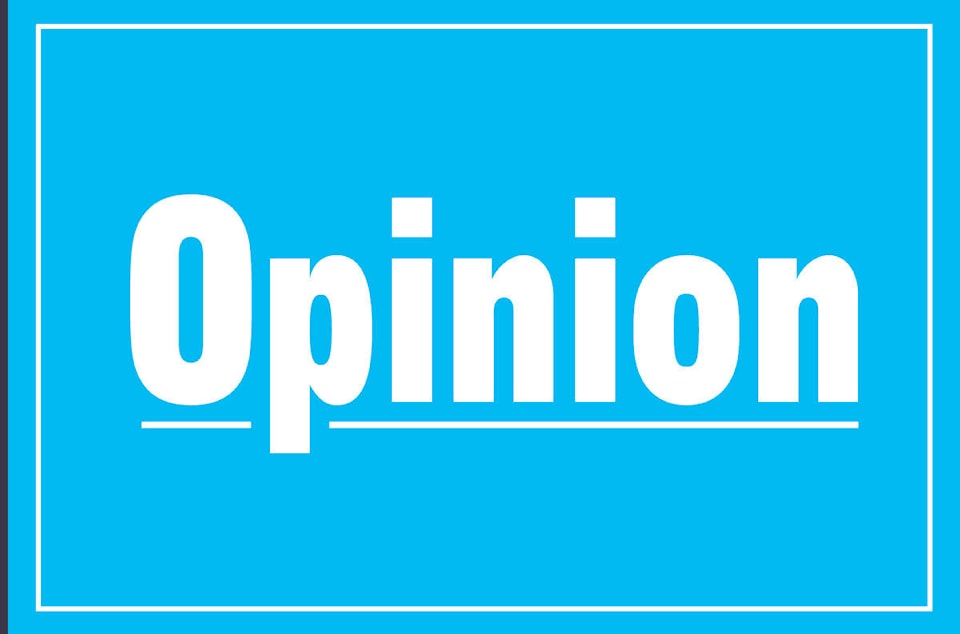Elizabeth May’s marriage on Monday may be the start of an extended political honeymoon for her Green Party.
All signs currently point to this being a very good time for May and the Greens, part of a long-building, upward trend in their fortunes that could well keep climbing until the fall federal election. Personally, things are definitely looking up for May, too.
May wed John Kidder on Monday in Victoria, the date deliberately chosen to coincide with Earth Day.
The Green leader has earned the expansive attitude she may be feeling right now.
The political gains being made by the Greens have come about more slowly and steadily. Greens have held the balance of power in British Columbia for two years now. Last June, the Greens elected their first MPP in Ontario – Leader Mike Schreiner, who represents Guelph at Queen’s Park.
In this year’s federal byelection in Outremont, Greens finished surprisingly in third place, ahead of the Bloc Quebecois and the Conservative party.
It may be a while before the Green Party is running Canada, though May was openly musing a few weeks ago about becoming Canada’s second female prime minister.
She was talking at the Daughters of the Vote event in the Commons, right after the country’s first female prime minister told delegates a story of how the official stationery had to be changed in 1993 (the French version) to render the title feminine.
Alas, so short was Kim Campbell’s reign that year – roughly five months – that she didn’t get a chance to use much of the female-friendly letterhead.
“It’s been too long since we had another woman prime minister,” May said. “But I did tell her: I plan to use that stationery up.”
Women do tend to make gains in politics when parties decide they need a radical shakeup. Campbell was supposed to represent a brand-new face on a very unpopular Progressive Conservative government after a decade of Brian Mulroney’s rule, and her party handed her the top job in 1993 to show just how different it could be.
Voters also tend to vote for non-mainstream parties when they are weary of status-quo politics. That’s how the then-brand-new Reform Party and the Bloc Quebecois vaulted to record numbers in the Commons in 1993, the same year Campbell was attempting, unsuccessfully, to stay on as Canada’s first female prime minister.
On both these counts, May is well-placed to benefit from potential voter fatigue with the traditional parties and politics as usual. She will be the only woman leader among the main parties vying in the fall’s election, and Greens are an untried alternative for many Canadians.
If voters are in the mood for a real break from the past, as they were in 1993, May could reap a lot of “none of the above” sentiment.
Then there’s the matter of what she represents policy wise. From all indications, the major parties are spoiling for a fight on climate change: Conservatives want to frame the ballot question around the carbon tax, and Liberals say they’re happy to put the future of the planet front and centre of the campaign debate.
May’s environmental credentials speak for themselves. She’s been saying that while the big parties will be holding this debate tactically, she’s been standing her Green ground her entire political life.
Greens could be finding out this year that good things, personally and politically, come to those who wait.
Susan Delacourt is a columnist with Torstar Syndication Services.
